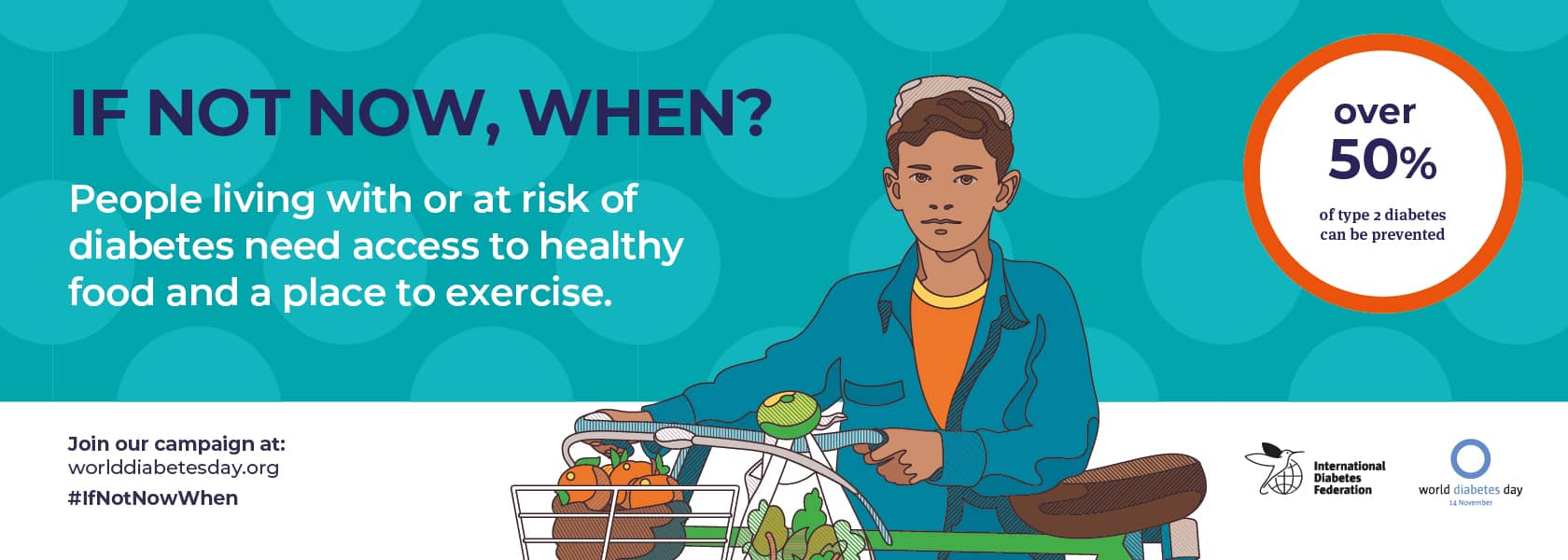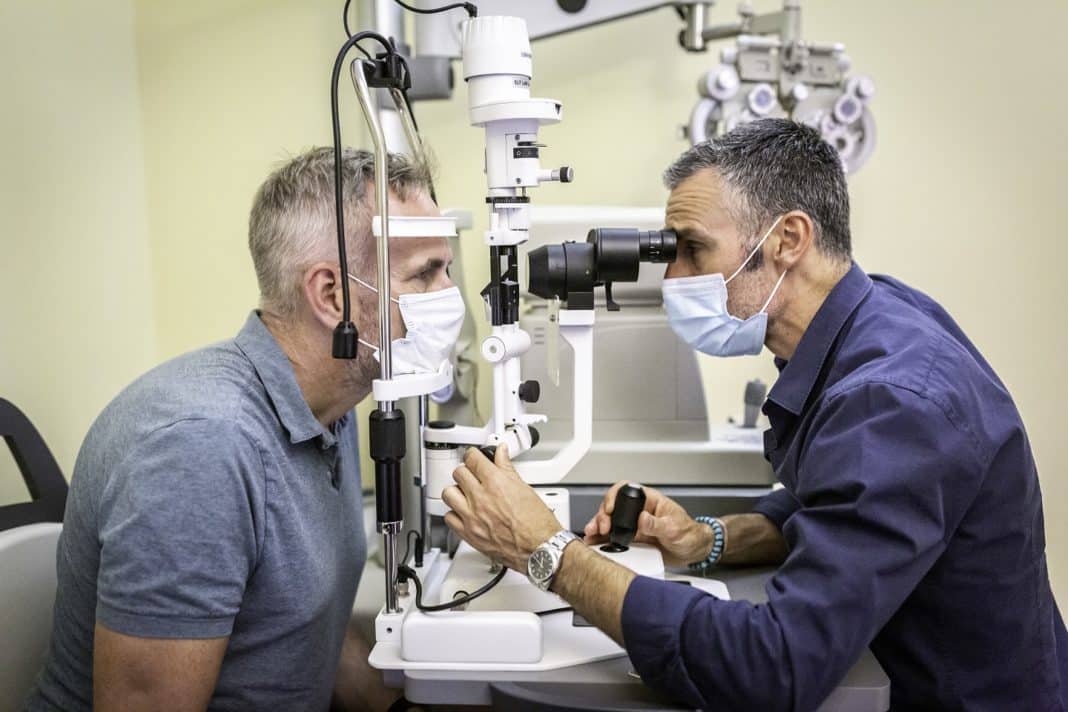A QUARTER of people are not aware that diabetes can affect your eye health, a new survey reveals.
Specsavers Ópticas surveyed 40 customers in the lead up to World Diabetes Day, as it looks to raise awareness of the eye condition, diabetic retinopathy.
People with diabetes are at risk of developing diabetic retinopathy, a complication of diabetes that damages the light-sensitive layer at the back of the eye called the retina. This occurs because the retina at the back of the eye is supplied with blood by a delicate network of blood vessels. Diabetes can cause the blood vessels to become blocked or leak, meaning the retina cannot work properly because it is not receiving a good blood supply. Left untreated, it can lead to complications resulting in sight loss.
To prevent this from happening, Specsavers Ópticas is highlighting the importance of regular eye tests and the warning signs in our eyes which could indicate a risk.
Francisco Jurado, store director of Specsavers Ópticas in La Zenia, Torrevieja and Guardamar explains: ‘As retinopathy develops, blood vessels can weaken, bulge or leak into the retina and can be referred to as non-proliferative retinopathy. However, if it worsens, some vessels can close off which causes new ones to grow, or proliferate, on the surface of the retina. This is known as proliferative retinopathy and can lead to problems with your vision and even sight loss.
‘Some people who have diabetic retinopathy can also develop diabetic macular oedema. The macula is the part of your retina you need for reading, driving and seeing faces, however over time, the disease can destroy the sharp vision in this part of the eye leading to partial vision loss or even blindness.’
As diabetic retinopathy is a serious condition it is important to monitor any changes in your vision and get them checked by your optometrist. The warning signs include:
Persistent floaters – Francisco says: ‘Floaters are spots in your vision and usually look like black or grey specs or cobwebs that drift about when you move your eyes. Most people will experience floaters in their vision at some point in their life – particularly as we reach older age as the jelly-like substance in our eyes becomes more liquid.
‘If you notice more eye floaters than usual, a sudden onset of new ones, flashes of light in the eye or darkness on any side of your vision, you must get it looked at immediately as in some cases it can be a symptom of diabetic retinopathy.’

Blurred vision – ‘Blurred vision can be caused by many things and it is vital you get it checked out,’ says Francisco. ‘Blurry vision can also be a symptom of diabetes which can resolve when blood sugars start to reduce after diagnosis and starting treatment. It can also lead to dimmer vision, as if you’re wearing sunglasses, or struggling to see when it’s dark, which are important signs not to ignore.’
Awareness of the eye condition is more important than ever, with cases of diabetes on the rise. According to the WHO, the number of people with diabetes rose from 108 million in 1980 to 422 million in 2014. If left untreated, diabetes can damage the heart, kidneys, feet and eyes – potentially leading to diabetic retinopathy.
There are Specsavers Ópticas stores in Javea, Calpe, Benidorm, Torrevieja, Guardamar and La Zenia on the Costa Blanca. Specsavers offers digital retinal screening, which is provided as part of a standard eye test. This takes a detailed picture of the back of your eye allowing the blood vessels to be monitored more closely – helping to detect any signs of diabetes that might be present. For more information or to book an appointment visit www.specsavers.es





